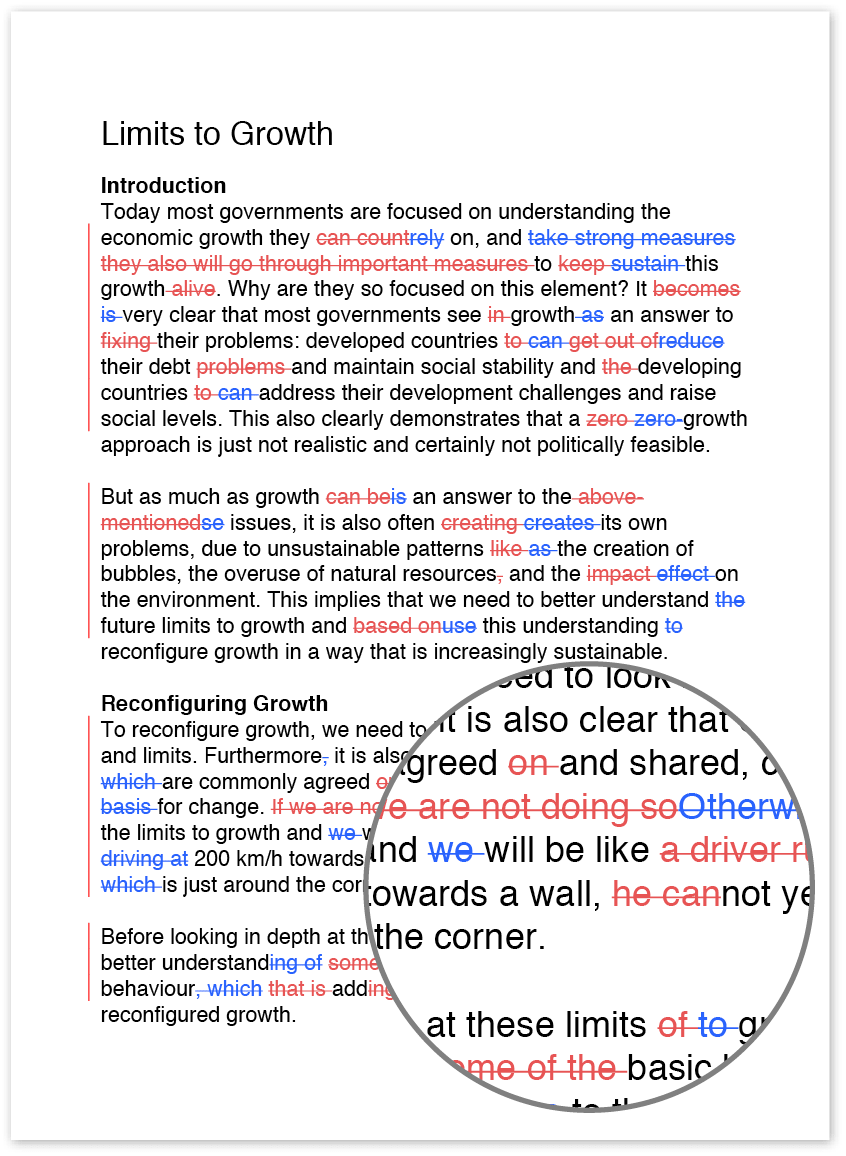How to write your thesis
After years of work and study, you’re finally ready to write your thesis. Whether you’ve been keeping your materials organised during the course of your studies in preparation for this day or you’re starting at square one, this article will give you some tips and ideas for writing your thesis to help reduce stress and make the process easier.
Organise your research and notes
If you’re just starting your thesis programme, take some time to set up an organisation system you can use to keep all your research, notes and other materials organised. Since most theses are organised into chapters focusing on introductions, background information/literature reviews, materials and methods, results, discussions and conclusions/recommendations for future work, you can create folders on your computer to save documents, links and any other files relating to those categories. That way, when it comes times to start writing, you’ll have all your material readily available and already broken down into those topics. If you are ready to start writing, go through your material before you begin and organise based on what you’ll discuss in each chapter so you don’t have to go hunting for a specific piece of information during when you’re on a roll writing your literature review.
Determine what format your thesis will follow
As noted in the previous item, most theses adhere to a specific format: introduction, background information/literature review, materials and methods, results, discussion and conclusions/recommendations for future work. However, your specific programme of study may require you to follow a different format. If you haven’t already discussed this with your chair or advisor, do so before you begin writing to save yourself time and reduce frustration.
Set up a writing schedule
To avoid procrastinating, try creating a daily or weekly writing schedule. For example, commit to writing a specific number of words per day or per week or to finishing one section per day. By setting a schedule and following it, you can help make sure that you don’t fall behind (and avoid a mad rush to finish your thesis right before your deadline). However, make sure you build in some down time for yourself—finishing a thesis is a big job, and you don’t want to create a schedule that will lead to more stress.
Decide which chapter to start writing first, and start writing!
Although it may sound strange, many people don’t begin writing their theses with the introduction. It can be easier to begin with the literature review, which describes work that previous researchers conducted that relates to your area of study, or the materials/methods and results, where you describe the tests, studies, surveys, etc., you carried out. Writing these chapters is a much more straightforward process because you’re simply explaining what other researchers did or what you did and the results that you obtained. Once you’ve completed those chapters, you can then write the discussion chapter, where you discuss the relevance of your results; the introduction, which—you guessed it—introduces the topic of your thesis, explains the need for the research, presents the research problem and provides any other necessary context; and the conclusion, which summarises your work, presents its implications and any limitations and makes suggestions for future work.
Make sure you list all references
It’s important to remember that whenever you refer to someone else’s work or ideas in your paper, you have to provide a citation for that person within the text, and then you must provide a reference to that citation in the reference list at the end of the work. Likewise, if you list a reference in the list at the end of the work, you must cite that reference somewhere in the work. Presenting someone else’s ideas or work as your own is plagiarism, and academic institutions take it very seriously.
Prepare your supplementary materials
Theses also include a wealth of supplementary materials, including tables, figures, appendices, tables of contents, letters communicating with study subjects, references, etc. If you’re not sure whether something should be included in your thesis, discuss it with your chair or advisor to get their advice.
Format your thesis
Most programmes follow specific style guides when it comes to formatting theses. Your chair or advisor will provide you with a guide explaining how to format your thesis before you start writing; if you don’t receive one, check with your programme to make sure you have it. Following all the guidelines before submitting your thesis will help you avoid seeing your thesis returned because of incorrect margins or line spacing or references that aren’t formatted the right way.
Edit your work
Once you’ve written your chapters, added all your supplementary information and formatted all your references and the paper correctly, it’s time to edit your work—and then edit it again. Once you have checked the document yourself for missing, unclear or incorrect information; incorrect grammar, spelling and punctuation; and proper sentence structure, organisation and flow, have someone else check and proofread it for you. A second pair of eyes will often find mistakes that you’ve missed.
That’s how to write your thesis – happy writing and good luck!

